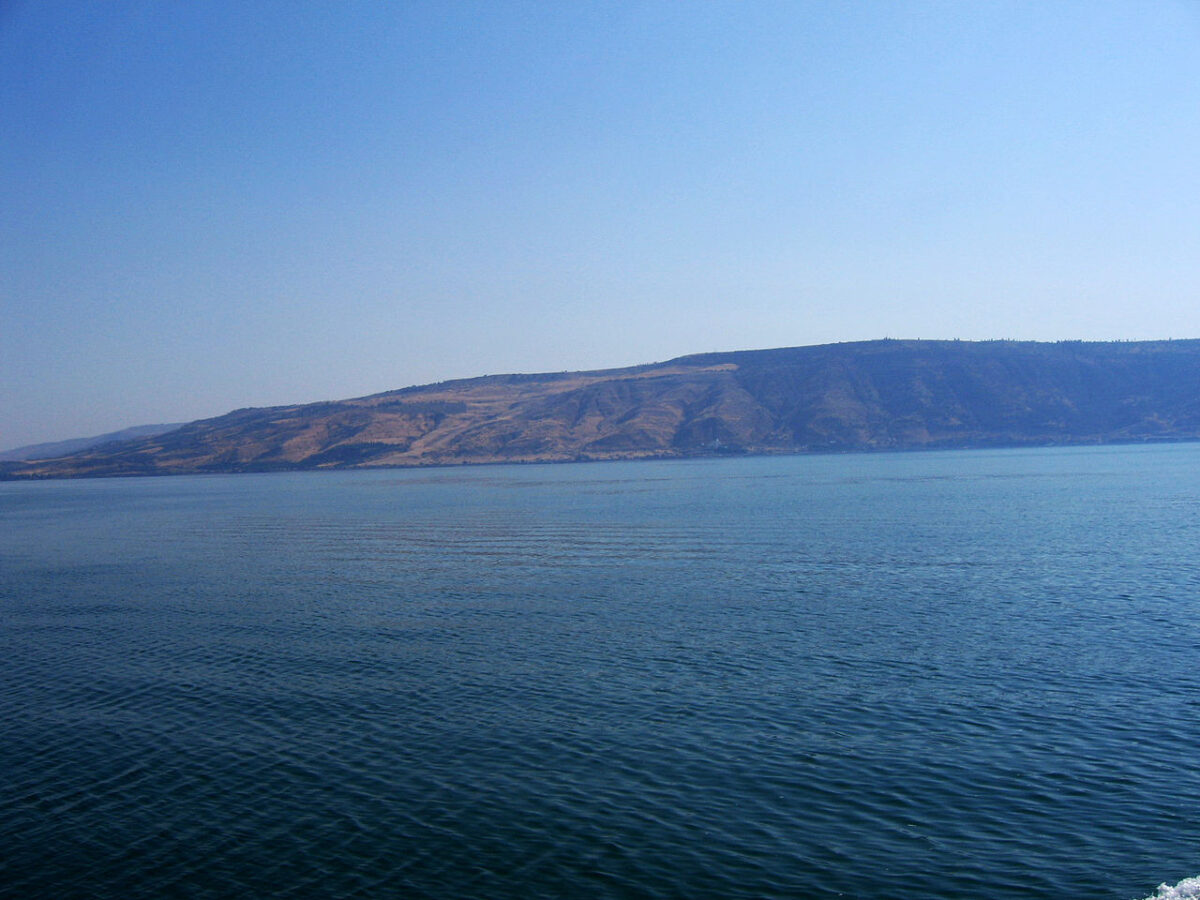Israel and Syria, the bitterest of enemies, have been locked in a state of war for more than seven decades now, notwithstanding several diplomatic attempts by the United States and Turkey in recent years to broker a peace agreement.
The last such effort, initiated by the U.S., took place secretly from April 2009 to March 2011 while Barack Obama was president.
The American mediator in charge of this shuttle diplomacy, Frederic Hof, collaborated with two major figures: George Mitchell, a U.S. senator of Lebanese-Irish descent who had negotiated the Good Friday peace accord in Northern Ireland, and Dennis Ross, an experienced U.S. diplomat steeped in Middle Eastern politics.
The Americans came tantalizingly close to closing a deal, says Hof in his extremely thorough, thoughtful and fascinating book, Reaching for the Heights: The Inside Story of a Secret Attempt to Reach a Syrian-Israeli Peace, published by the United States Institute of Peace Press.

By March 2011, American mediation seemed to have bridged the gaps between Israel and Syria, with each side “prepared in principle to meet in full the requirements of the other,” he writes in the preface. “Yes, there were details still to be worked out, and the possibility of one party or the other bolting in a political panic could not be ruled out. But it appeared to the American side that the obstacles of the 1990s had been overcome and it was time to bring the parties physically together to hammer out a final version of a peace treaty already tabled by the mediators.”
The two regional leaders who actively participated in this process were Israeli Prime Minister Benjamin Netanyahu and Syrian President Bashar al-Assad.
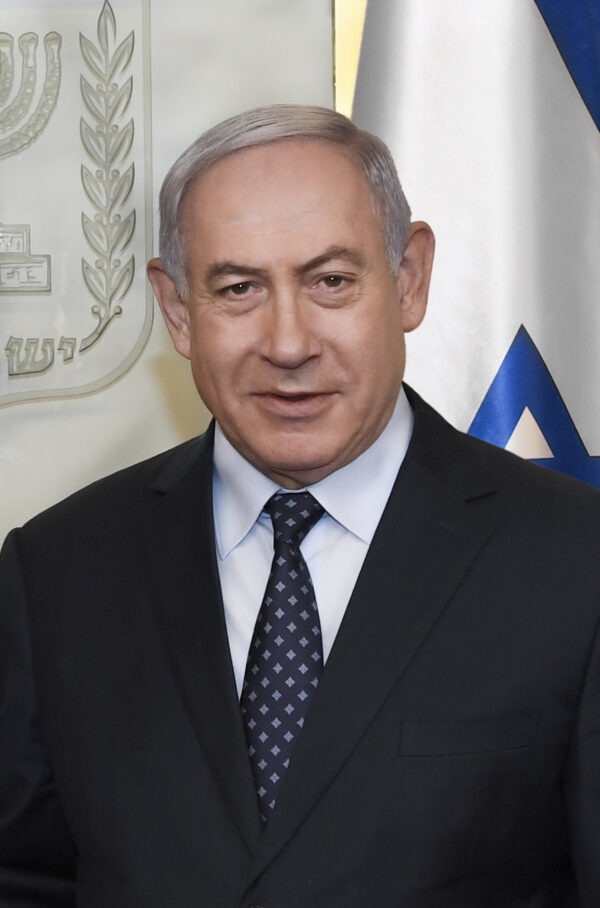
As Hof notes, Assad had verbally agreed to shift Syria’s “strategic orientation” away from Iran, Hezbollah and Hamas in exchange for Israel’s total withdrawal from the Golan. “Although the fine details of real estate to be recovered were still under discussion, major differences had been narrowed … According to Assad, Iran and Hezbollah would present no obstacles to Syria achieving full peace with Israel. He expected Lebanon to be right behind Syria in making peace with the Jewish state.”
Netanyahu was strongly attracted to the prospect of a strategically reoriented Syria posing no military threat to Israel. “The idea of ousting Iran from Syria, severing Tehran’s land link to Hezbollah in Lebanon, and concluding peace with Lebanon to neutralize Hezbollah decisively was very appealing to Israel’s leader. He knew the territorial price to be paid, albeit in installments, for Syria’s complete strategic realignment. He did not like the price. Neither did he shrink from it”
Until that moment, no breakthrough seemed possible on the Syrian track. “Israel was never able to convince Syria that it could recover all the land it had lost if it was willing to pay the price that Israel was asking,” says Hof. Syria, on the other hand, failed to convince Israel that “full peace would really accompany a full (Israeli) withdrawal” from the Golan Heights, which Israel captured in the waning hours of the 1967 Six Day War.

Hof believes that the chance for a comprehensive Arab-Israeli peace lay within reach, and thus a “major opportunity” was missed. It all went up in smoke when Assad deployed deadly force against peaceful demonstrators demanding reforms in Syria, a police state which brooked no genuine dissent. Assad’s resort to violence was consequential. By Hof’s estimation, he plunged Syria into a civil war that is still raging and, perhaps, lost the Golan forever.
Hof also blames Obama for the breakdown in talks. He rejected recommendations that Assad should be warned that continued repression and bloodshed would kill “a promising peace mediation.”
In this instructive volume, Hof not only delves into the intricacies of the complex issues, but offers readers a tour d’horizon of Israeli-Syrian relations.
On May 15, 1948, a day after Israel declared statehood, the Syrian army crossed the 1923 international boundary that had separated the British and French League of Nations mandates in Palestine and Syria. The Syrians attacked Jewish settlements near the southeastern shoreline of a lake known as the Sea of Galilee. In June, they captured the Jewish village of Mishmar Hayarden, which was north of the lake and west of the Jordan River.
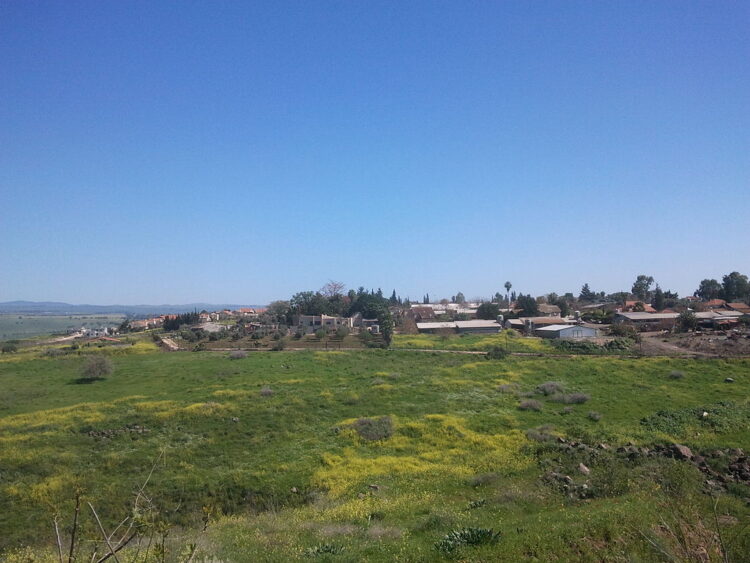
“Except for a minor and very brief incursion by the Lebanese army, Syria, alone of the multiple Arab armies entering what had been Palestine, invaded territory designated for the ‘Jewish state’ by United Nations Partition Resolution 181 of November 29, 1947. Significant Arab invading armies — those of Jordan and Egypt — focused instead on seizing land assigned by the United Nations to the stillborn ‘Arab state.'”
By the close of 1948, the only Arab invader that still occupied Jewish territory was Syria. Among the land the Syrians enjoyed access to was a strip only 10 meters from the water line of the northeastern shore of the Sea of Galilee.
With the formal end of hostilities, three demilitarized zones, comprising 66.5 square kilometres of territory, were established. They were free of Syrian and Israeli forces. Israel initially accepted what Hof calls the “DMZ compromise,” but asserted its claim to sovereignty to the old mandate border, which included the Palestinian village of Al-Hamma, or Hamat Gader.
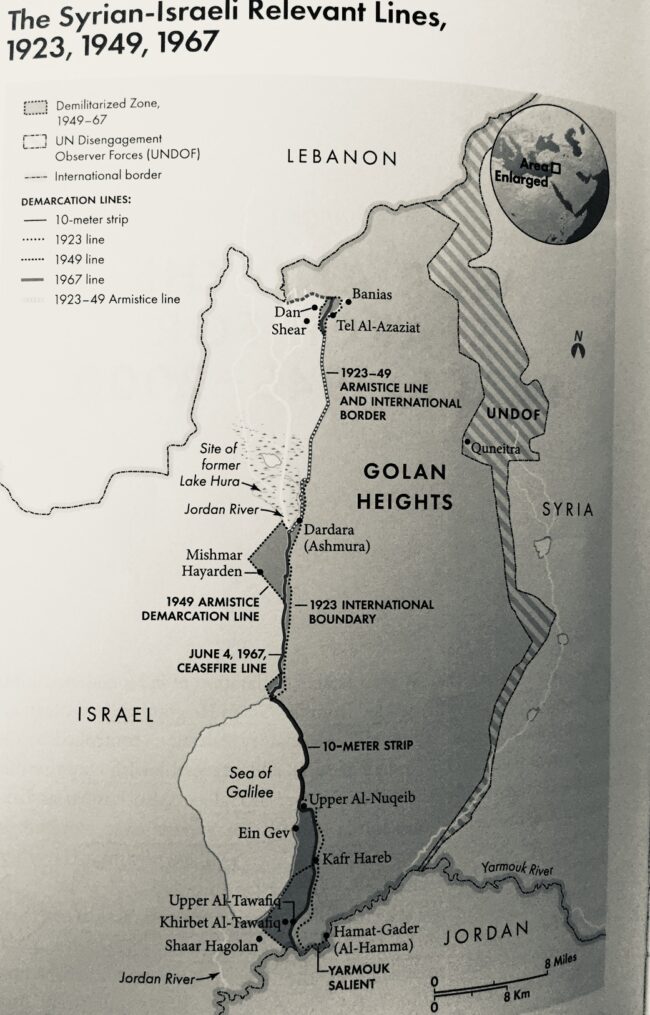
In 1951, Israel tried to seize the DMZ, but was repulsed by Syria. From that point forward, tensions continually flared in the DMZ. On the eve of the Six Day War, Syria still controlled some 18 square kilometres of land claimed by Israel. In the wake of the 1973 Yom Kippur War, Israel and Syria signed a disengagement agreement hammered out by Henry Kissinger, the then U.S. secretary of state. Syria’s president, Hafez al-Assad, Bashar’s father, honored it scrupulously, but a United Nations peacekeeping force, UNDOF, patrolled the border area.
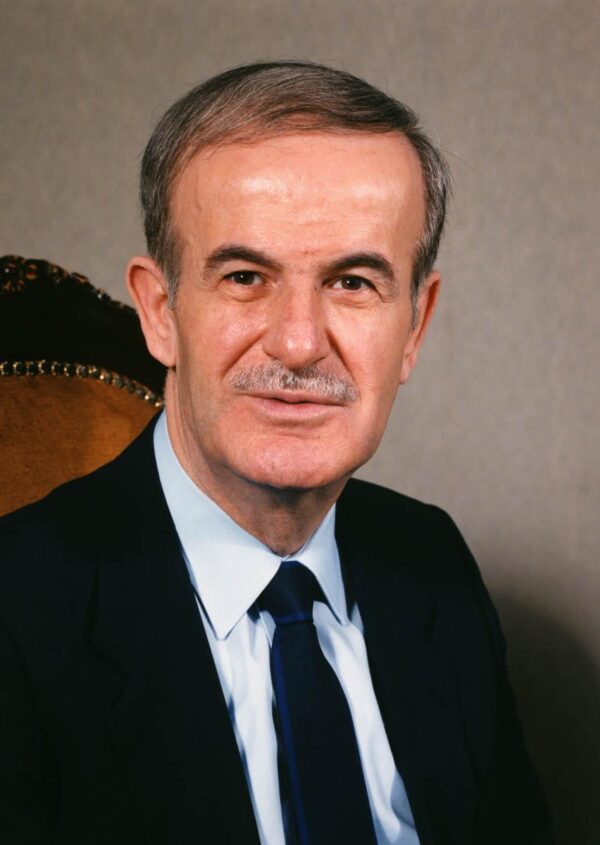
Syria and Israel clashed in the 1982 Lebanese war. But from 1993 to 1996, during the premierships of Yitzhak Rabin and Shimon Peres and the administration of U.S. President Bill Clinton, Israel and Syria engaged in peace talks which proved fruitless.
A new phase of negotiations began in 1999, when Ehud Barak was Israel’s prime minister. It ended in failure in 2000, when Clinton met Assad in Geneva. According to Ross, Assad was preoccupied with his poor health and succession and was not ready to make peace with Israel.
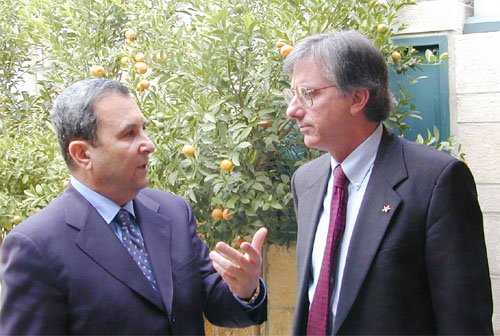
Turkey, in 2007, mediated indirect Israeli-Syrian talks, but they crashed a year later after Israel’s prime minister, Ehud Olmert, failed to inform Turkish President Recep Tayyip Erdogan of his intention to invade the Gaza Strip.
Hof dwells at length on the first period of negotiations in 1993, when Rabin expressed an interest in testing Syria’s readiness for peace by permitting U.S. Secretary of State Warren Christopher and his assistant, Ross, to offer Assad a hypothetical proposition, which came to be known as the “deposit.”
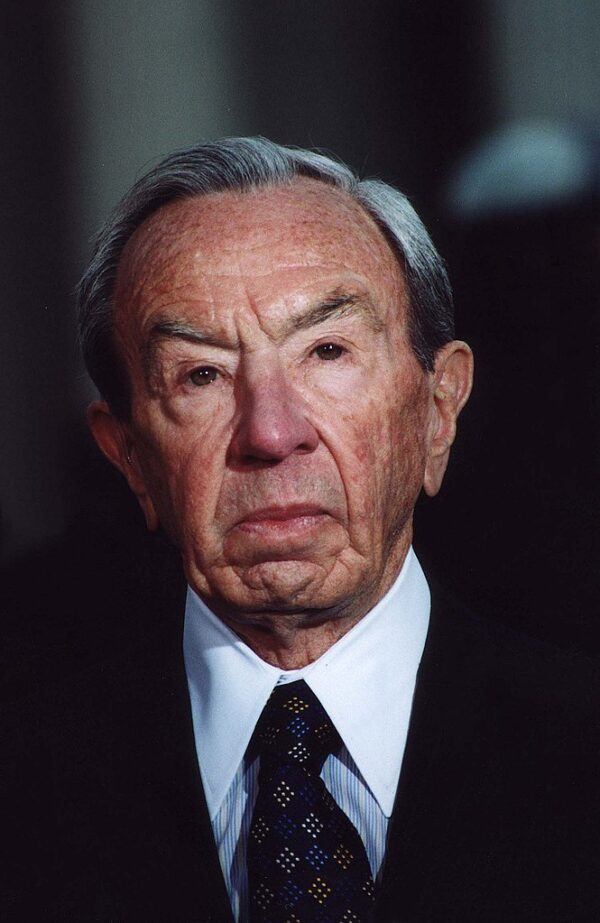
Rabin told the Americans he would withdraw fully from the Golan if all of Israel’s needs were met and if an agreement with Syria was not contingent on an accord between Israel and the Palestinians. Syria was generally interested in Rabin’s offer because, as Hof explains, a complete Israeli withdrawal from the Golan was “the Syrian prerequisite for diplomatic engagement with Israel.”
Assad, however, rejected Rabin’s demand that Syria should grant Israel a large measure of normalization in return for its first pullout from the Golan. In addition, Assad insisted that Israel’s withdrawal should be up to the June 4, 1967 line.
“The line referred to by Assad was not a boundary,” says Hof. “Neither was it an armistice line. The June 4, 1967 line … was the line of armed confrontation between Syria and Israel in the Jordan Valley” prior to the outbreak of the Six Day War on June 5, 1967.

By Ross’ reckoning, Rabin assumed that a full withdrawal would require Israel to pull its forces back to the international border. “For Assad, full Israeli withdrawal meant something different,” says Hof. “Although the difference was tiny in terms of acreage, for Assad it made the difference between getting what (Anwar) Sadat had gotten (in requiring Israel to evacuate the entire Sinai Peninsula), or falling short and suffering humiliation in the eyes of Syrians and all Arabs.”
“Israeli withdrawal to the unmarked line of June 4, 1967 — not the 1923 mandate boundary — would be Assad’s irreducible demand,” Hof goes on to say. In short, Assad sought the restoration of Syria’s pre-1967 presence in the former DMZ.
Rabin, for his part, demanded friendly gestures from Assad, but the Syrian president felt no compelling need to prepare Israelis psychologically for peace. As Hof observes, Assad’s approach to peacemaking was “dry and legalistic.”
Assad died in 2000 and was replaced by one of his sons, Bashar, who focused on consolidating his position as Syria’s new president. Although the United States’ relationship with Syria was rocky, and despite the fact that Assad was regarded as untrustworthy, the Obama administration decided to engage the Syrians in peace talks in 2009. Hof viewed Israel-Syria negotiations as a way to “land a crippling blow” on both Iran and Hezbollah.

Netanyahu and his national security advisor, Uzi Arad, made it clear from the outset that they would only consider a minor withdrawal from the Golan within the framework of a non-belligerency pact. Arad considered Rabin’s “deposit” irrelevant. With the passage of time, Netanyahu softened his position.
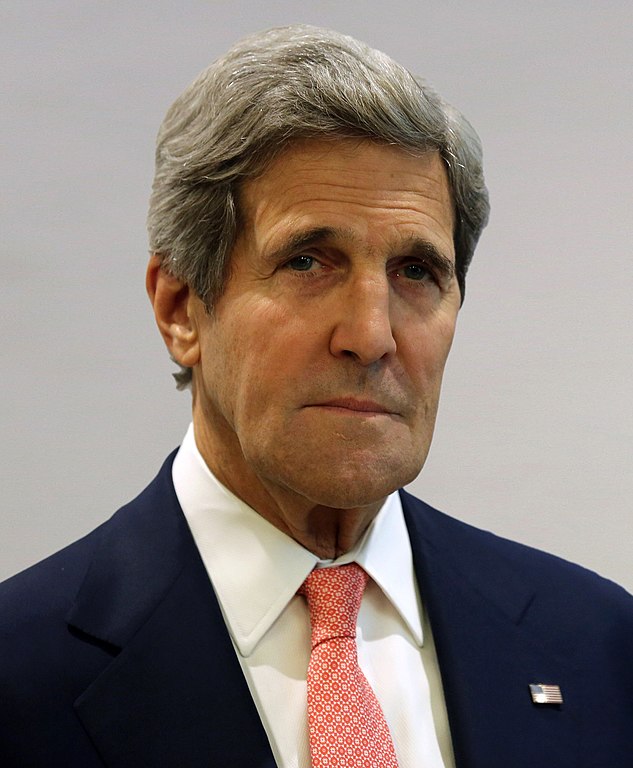
In May 2010, Senator John Kerry, the chairman of the U.S. Senate Foreign Relations Committee and a future secretary of state, jumped into the talks. He told Assad he agreed with Syria that Israel had a “responsibility” to withdraw to the June 4, 1967 line in exchange for real peace with Syria. In effect, as Hof points out, Kerry gave Syria a new “deposit.”
Assad reacted positively, but Syrian Foreign Minister Walid al-Muallem suggested that Israel should send a letter to the United States assuring Syria of Israel’s commitment to such a withdrawal.

As for Netanyahu, he said he was willing to test Syria’s seriousness. U.S. Secretary of State Hillary Clinton, judging by her conversations with Netanyahu, thought he was committed to the peace process and what it required in terms of concessions as long as his demands were met. Yet, as Hof points out, his willingnesss to make peace with Syria would ultimately depend on his assessment of the domestic political consequences for him.
Arad, on the other hand, was of the opinion that Syria would not sign a peace treaty with Israel because it could only maintain its repressive political system within the context of belligerency toward Israel.
In September of that year, Hof and his team drafted a discussion paper outlining the salient points of an Israel-Syria peace accord. The boundary would reflect the June 4, 1967 line, and an Israeli withdrawal would occur over a lengthy period. The Sea of Galilee and the Jordan River flowing into it would be within the borders of Israel. Territory which Israel would relinquish would be demilitarized. Normalization would be synchronized with Israel’s gradual withdrawal.
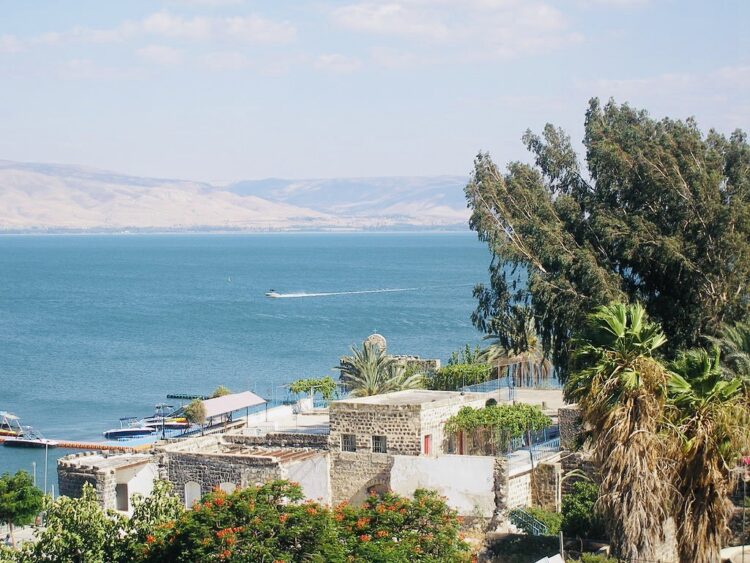
Hof says that Muallem regarded a peace treaty as doable and desirable, provided that Syria’s territorial demand was met in full.
The Israeli negotiators said there would be no withdrawal from the Golan unless the concept of peace was completely defined and all security threats to Israel emanating from Syria and Syria’s relationships were removed.
Hof met Assad in Damascus in February 2011, a month before the Syrian uprising. He assured Hof that Hezbollah would accept a Syrian peace treaty with Israel. “Assad, unprompted, asserted that Syria was not a client state of Iran. A peace agreement with Israel was Syria’s business, not Iran’s.” Hof left the meeting with the impression that Assad was willing to liquidate “all aspects of threats to the security of Israel and its people.”
Hof thinks that Assad’s interest in peace stemmed not only from his desire to regain the Golan, but from his wish to reap the economic benefits of an improved bilateral relationship with the United States.
Hof ended his mission in April 2011, following Assad’s violent reaction to peaceful protests in Syria. In retrospect, he thinks the process he and his colleagues had launched was “genuine and headed in the right direction.”
By comparison, Israel’s concurrent negotiations with the Palestinians were “leading nowhere.” Hof contends they may have yielded progress had Israel and Syria signed a peace treaty.
Looking back, he hopes that Israel and Syria will one day negotiate a peace treaty, but admits that the likelihood of this happening in his lifetime is low. Nevertheless, he advises Israel to “hold out the possibility of peace with Syria, including territorial adjustments,” once Assad’s regime is replaced by “a legitimate political system deriving its powers from the consent of the governed.”
In closing, he chastises Assad, who, he argues, likely lost the chance to recover the Golan by choosing “mass homicide over domestic conciliation.”
